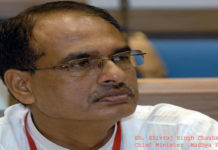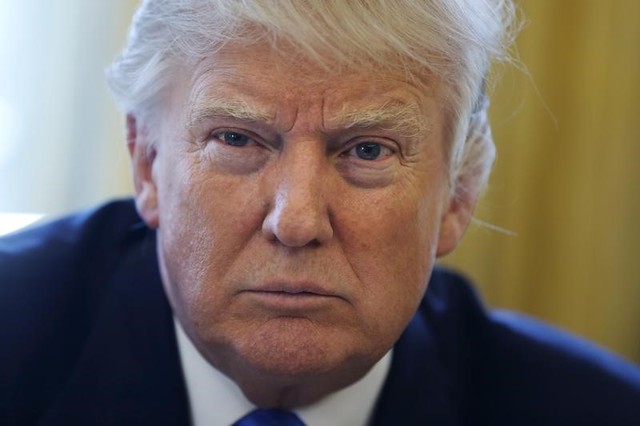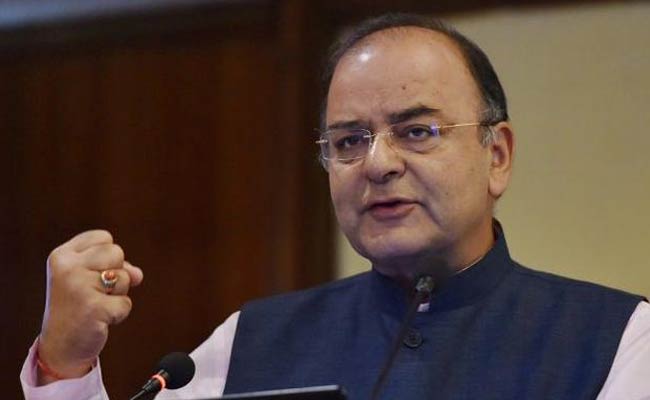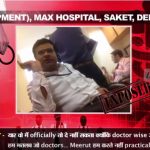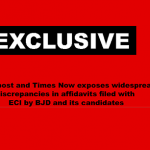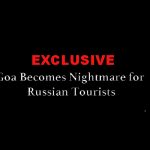WASHINGTON: The sight of an American F-22 jet fighter landing at a forward Indian airbase or an Indian aircraft carrier berthing off San Diego, California, or Okinawa, Japan, may not be such an unusual sight in the months to come.
India and the United States on Monday signed a logistics pact that will allow mutual basing facilities on a case-by-case basis, with the navies of the two countries becoming first movers in testing the logistics of operating together.
Both sides quickly emphasized that the agreement did not envisage permanent basing facilities, even as overwrought reactions began gushing from some quarters in China and Pakistan that see a military alliance in the pact.
The so-called LEMOA (Logistics Exchange Memorandum of Agreement), US Defense Secretary Ashton Carter clarified at a Pentagon briefing, was just a ”very substantial enabler of two countries to work together.”
”What it does is to make possible and make easier us working together WHEN WE CHOOSE TO,” Carter explained, adding that it was a ”fully mutual” pact and the two governments have to agree on a case-by-case basis to allow the logistics of operating together.
India’s Defence Minister Manohar Parrikar was even more circumspect about the agreement.
After twice emphasizing in his opening remarks that the agreement ”doesn’t have anything to do with bases” and there is ”no provision for any base,” he was asked by an American journalist when India could be expected to sign two other foundational agreements that would form the basis of greater military consonance between the two countries. His response could well have been paraphrased as, ”Are you kidding?”
LEMOA itself has taken 12-13 years and you could see the mistrust with questions about bases, Parrikar replied, in an oblique reference to constituencies in India still leery of over-the-heels engagement with Washington. ”Let me get the logistics (of LEMOA) into public domain, then we will think about (the other foundational agreement),” he added wearily.
But outside the political posturing, military circles and strategic pundits in the US were clear that LEMOA was a big step in operational logistics, with the pact providing for mutual use of supplies, spare parts, services and refueling across the globe.
”For the US, this is one part of the much larger pivot to Asia intended by President Obama to meet a rising China. The US Navy plans to deploy 60 percent of its surface ships in the Indo-Pacific in the near future. Instead of having to build facilities virtually from the ground up, as in Afghanistan and Iraq, the US has the benefit of simple arrangements for the tremendous Indian facilities,” noted Charles Tiefer, a military writer for Forbes.
(Sourced from agencies, Feature image courtesy:economictimes.indiatimes.com)




